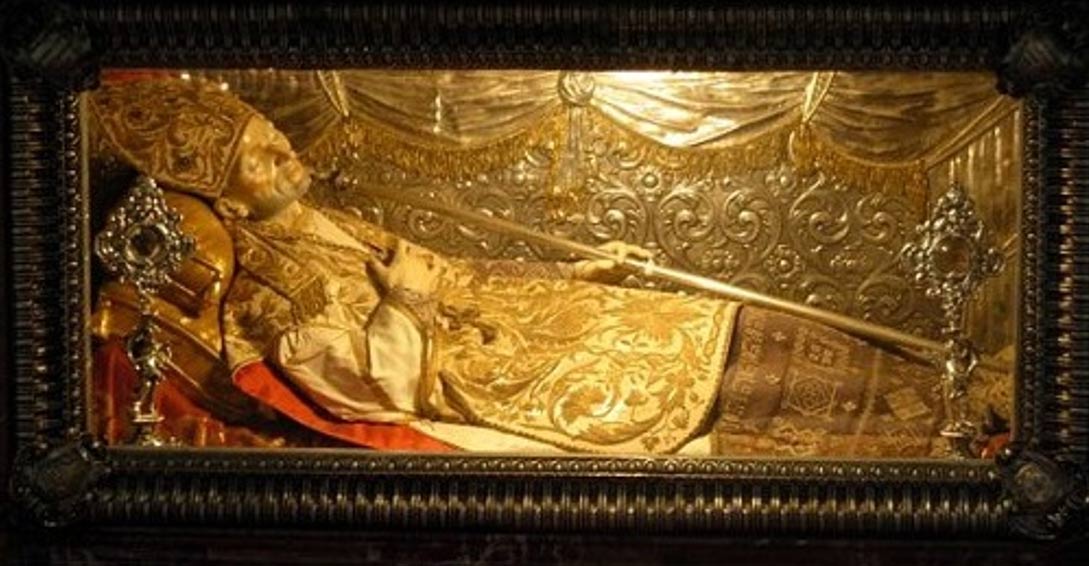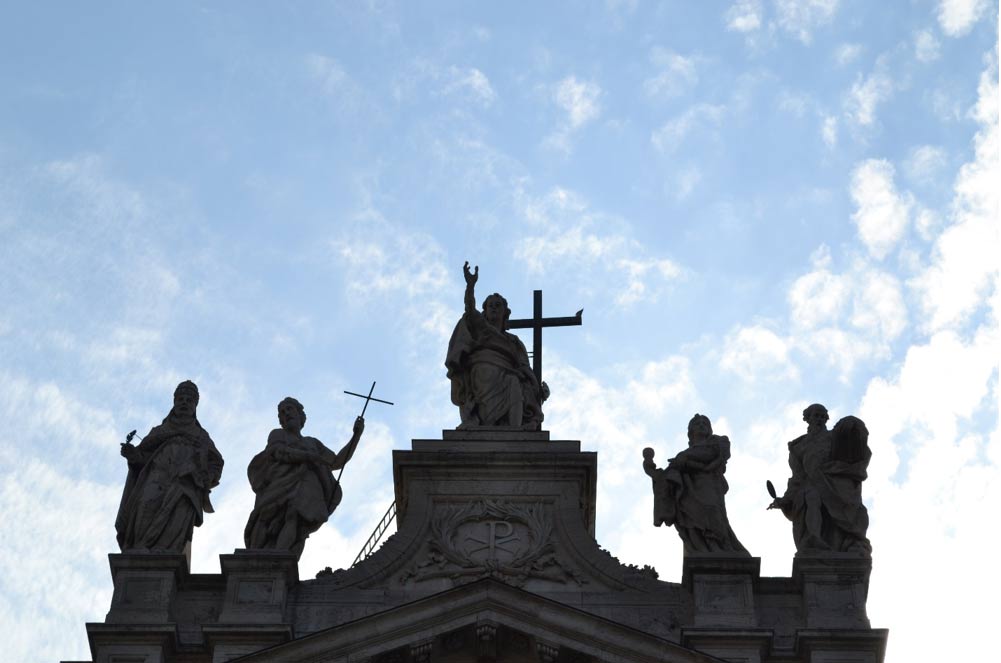
The Truth behind Christian Miraculous Preservation: How Mummies Become Incorruptible Saints
The Roman Catholic Church has given the title “saint” to thousands of real and legendary people, and even to some non-human entities, such as St. Michael the Archangel. The most comprehensive listing of saints is the Bibliotheca Sanctorum, which has eighteen volumes and lists more than 10,000 saints. However, there are many more than this in the Roman Catholic tradition; most of their names are now lost. And although the term initially referenced all baptized believers (hagioi in Greek), in modern times sainthood is an elaborate and expensive process, sometimes costing more than $500,000 in fees before the Church will grant someone such a status. This is how a saint is made:
An old canonical law stated that a potential candidate for sainthood must have been dead more than 50 years before the cause could begin, and although that is no longer official, it is rare for a cause to open for someone who has been dead for less time. People therefore initiate causes long after candidates’ deaths. When an individual or group wants someone named a saint, they begin raising money and publishing the candidate’s biographical accounts. Once enough promotion occurs, they ask a local bishop to begin the formal procedure. Called the Ordinary Process, adherents refer to the candidate as a “Servant of God” at this stage. First, all the potential candidate’s writings and teachings are examined for orthodoxy; if anything is found that counters the Roman Catholic Church’s statements − if the individual had a different opinion on some matters for example − the process cannot move forward. If there are no conflicts, the local bishop creates a tribunal, and witnesses for and against the candidate’s sanctity come to testify. During this process, the bishop must be sure that the individual is not the object of worship. As long as this is not the case and significant evidence for his or her holiness exists, the next phase in Rome begins. A canonical lawyer (trained and licensed by the Vatican) is hired, who presents gathered evidence to congregational judges.

The saint-making process is to promulgate the faith and to curb unsanctioned cults. Photograph © Ken Jeremiah





